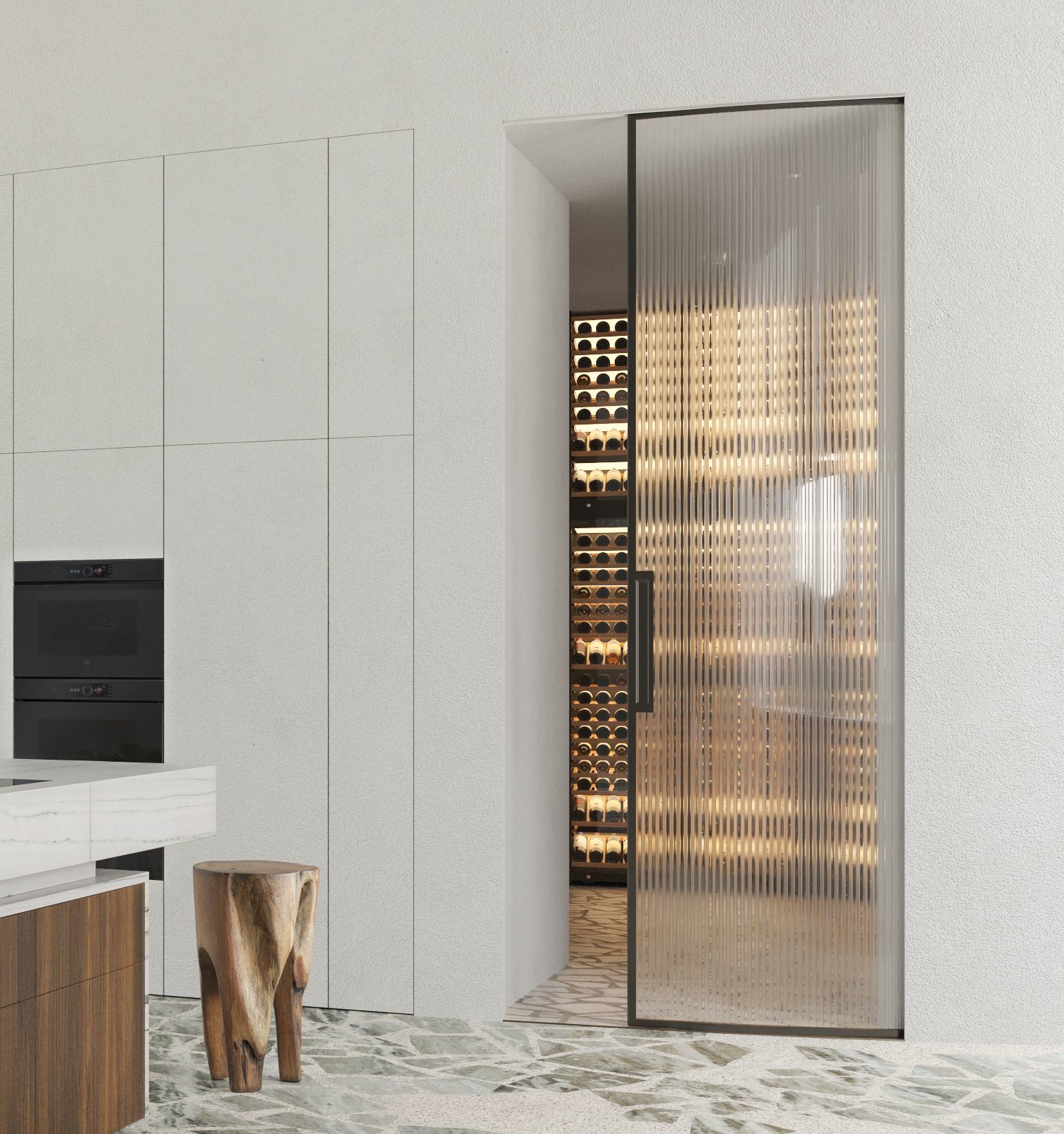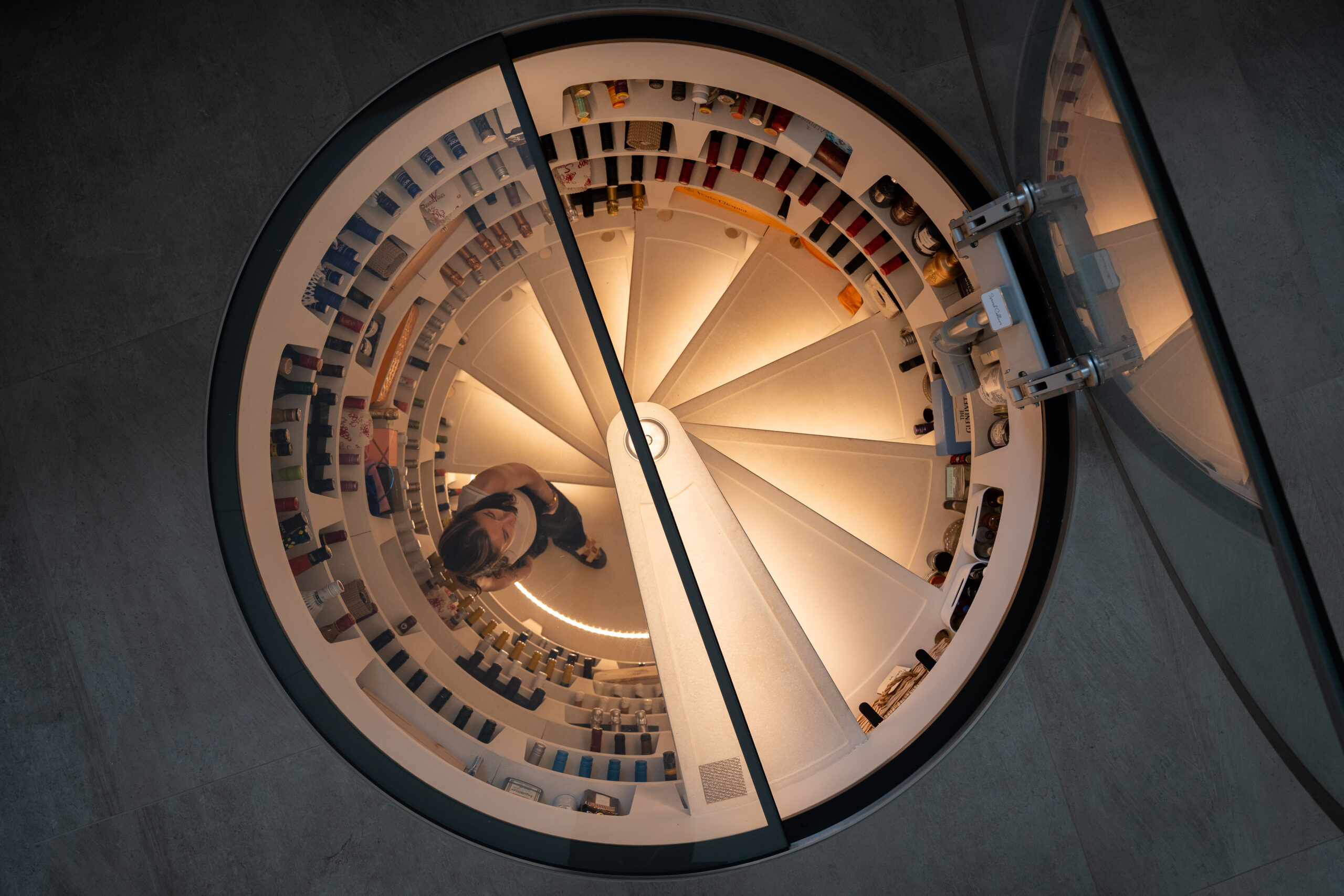
From cellars to stylish fridges, this year wine storage has been hailed as the new status symbol in the most sophisticated of homes. However, much like wine itself, truly elegant properties have always created space for a good vintage. At Nicholas Anthony we have been privileged to create some of the most inspiring wine features for homeowners, offering both form and function whether you’re a collector, a connoisseur, or a consummate entertainer. Here’s why we think wine rooms have such enduring appeal.
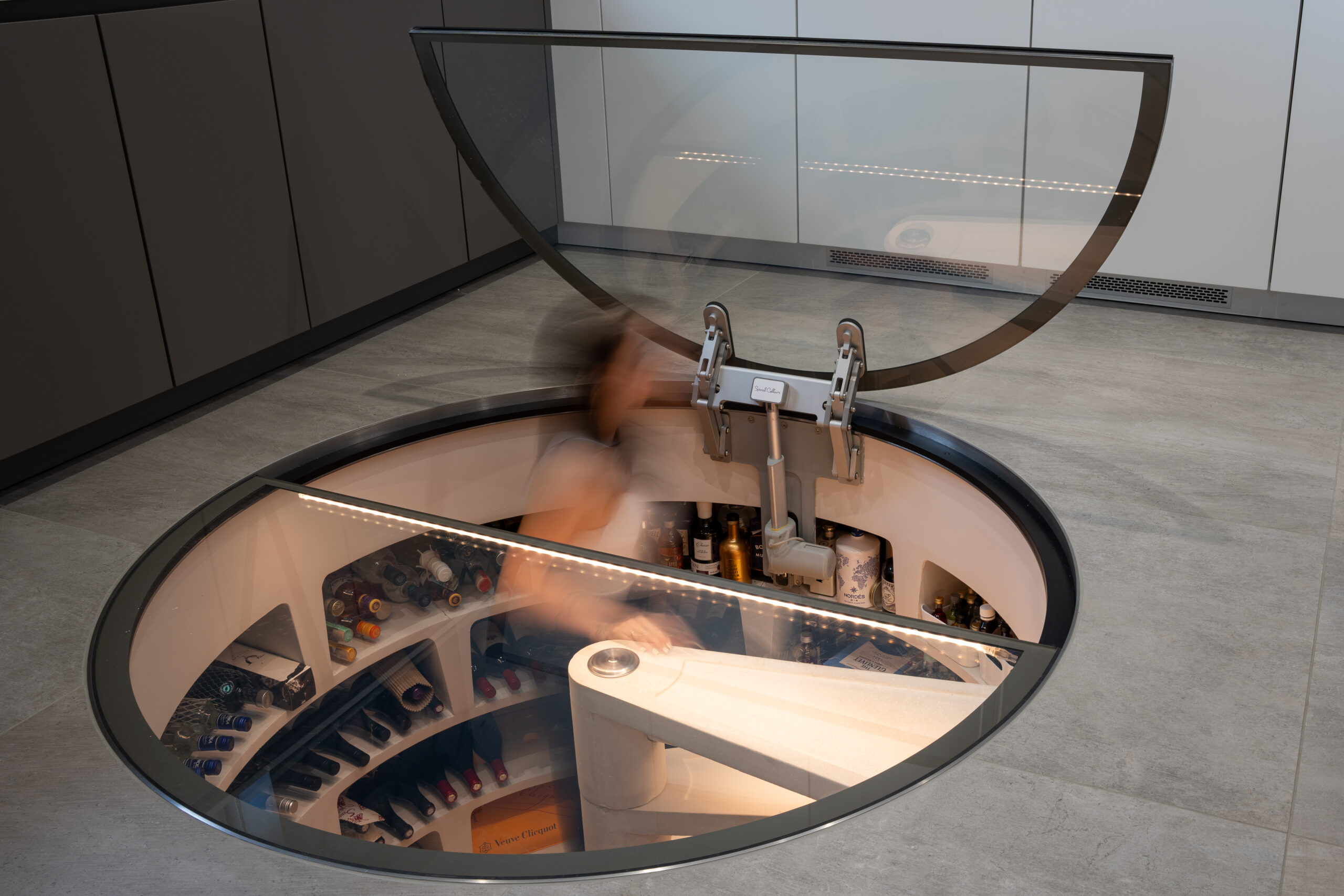
A rich experience that spans the centuries
Today there is a lot of conversation about the health implications of alcohol, but in many ways wine sits in a category of its own. For those who enjoy nursing a glass or two over a fine meal, after dinner, or as part of a celebration, wine is not merely about alcohol consumption but about conviviality, connectivity, and taking a moment to enjoy life in the slow lane.
From ritual to revelry
Wine has a rich cultural significance across the world, from an ancient Persian fable where a princess discovered it by accident, to its use in religious rituals since time immemorial. There’s evidence of its production going back thousands of years, featured in feasts, ceremonies, and social celebrations. Monasteries have made it across the centuries (Buckfastleigh Abbey in Devon has been famous for its Tonic Wine since the 1880s), recalling Psalm 103:15:
“You bring forth bread from the earth, and wine to cheer man’s heart”
From nature to nourishment
With the changing environment, viticulture also continues to evolve, with the notable rise of English wine, which now holds its own on the international stage. It is a reminder not only of wine’s ongoing journey alongside society but of the way it connects us with the ever-changing natural world.
Today, wine remains a great joy to toast friends and loved ones with a glass of Champagne (or English sparkling wine), pair a carefully chosen bottle with an excellent meal, or as a simple indulgence at the end of the day.
Capturing the notion beautifully, the novelist, Ernest Hemingway, is credited with saying: “Wine is one of the most civilised things in the world and one of the most natural things of the world that has been brought to the greatest perfection, and it offers a greater range for enjoyment and appreciation than, possibly, any other purely sensory thing.”

The science of wine
Part of the joy we derive from wine is not simply in the experience of drinking it – savouring the taste, the smell, the languid nature of imbibing it, and indeed the intoxication of it – but also the semi-conscious knowledge that this is a drink that’s been nurtured over time. Time is in every molecule of its being – the embodiment of the art of taking things slowly and producing something beautiful.
It takes time, care, and skill to create a single bottle of wine. From the vines that can take up to four years to produce grapes – maybe longer for the fruit to be at its best – to the reliance on the weather, months of fermentation, and an aging process which can be years in the making. Even the budget end of the market is an exercise in patience.
When it comes to storage, the attention to detail remains an intrinsic part of the process of enjoying wine, differing depending on whether it’s white, red, still, or sparkling, with temperature, light, and even the position of the bottle all playing its part. For example, too much light or heat can damage the wine and cause it to taste ‘off’.
On light exposure, Wine Folly writes: “Light strike occurs when the sun’s ultraviolet (UV) rays flood the bottle. This excites the wine’s naturally occurring riboflavin (Vitamin B2) and pantothenic acid (Vitamin B5). These energised molecules then react with naturally present amino acids.”
Meanwhile, heat can damage wine by accelerating the chemical reactions that cause it to age, causing the cork to expand and contract, which can let air into the bottle and lead to oxidation, or effectively ‘cooking’ the wine and changing its flavours to a less desirable taste. As a result, many of the wine storage options have leitmotifs such as low lighting and cool temperatures. That said, not all bottles are created equal – different wines have different optimal environments.
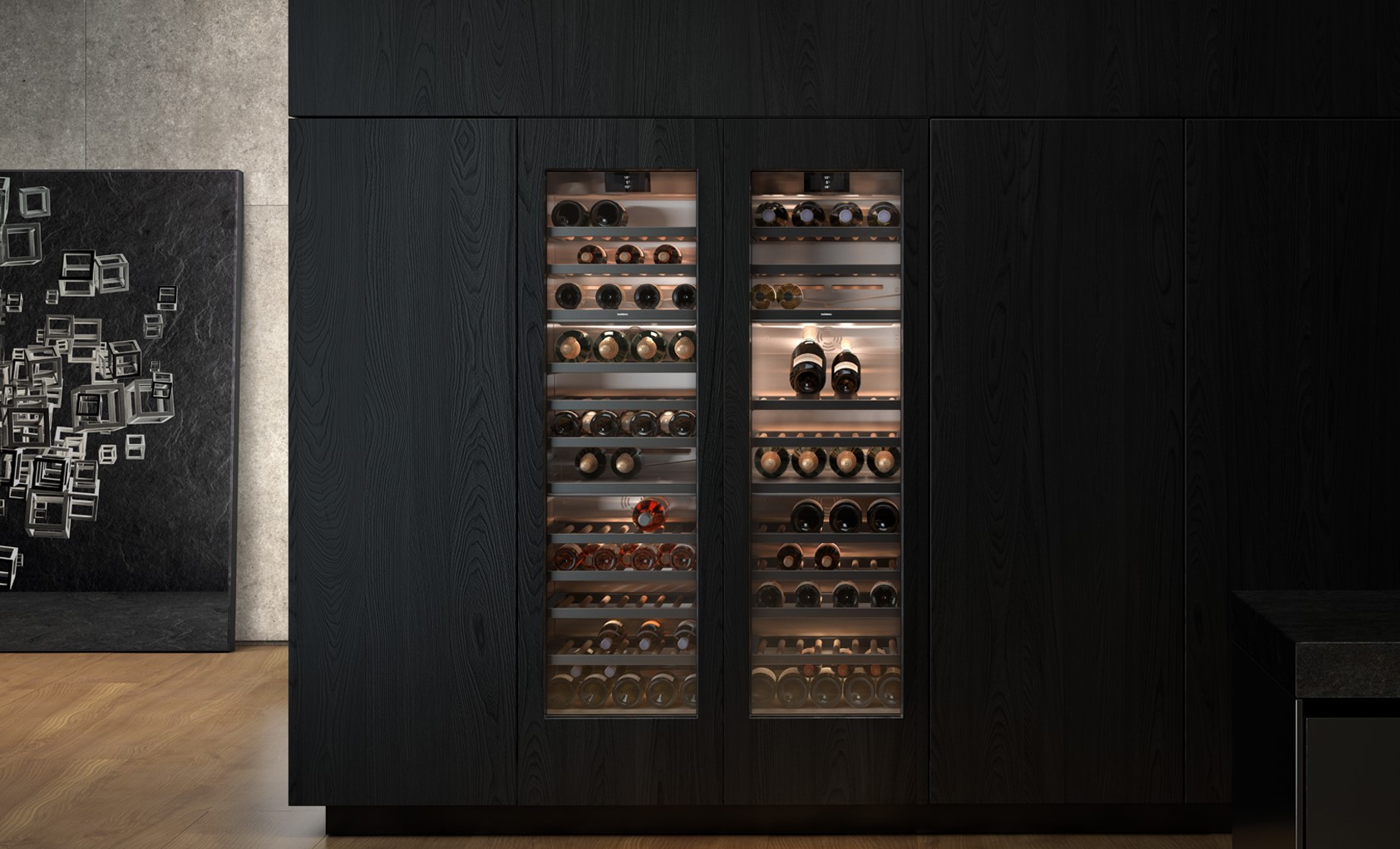
Storing red wine
Majestic says that unopened bottles of red wine are best stored in darker spaces on their sides so the cork doesn’t dry out, while at a constant temperature of between 10 and 15°C. It’s also important that the wine is not exposed to lots of vibration and movement as it has an impact on the flavour. Decanter writes: “Vibration can disturb sediment present in the bottle, but it also causes complex chemical reactions which are less visible.”
Storing white wine
It’s recommended that white wine is also stored in darker spaces on its side. Honest Grapes writes: “White wines should be stored in a cool dark place away from any direct sunlight or heat and at around 12-15 °C. You can usually find this temperature in a cellar, a garage, or away from the kitchen and radiators in the house.” However, when it comes to serving, it’s best to chill it in advance. They say it is “suggested to store white wines with high acidity like Sauvignon Blanc or Riesling before serving at a temperature of 4-7°C“, while “full-bodied white wines like rich and oaked Chardonnays benefit from being served slightly warmer, between 7-12°C“.
Storing sparkling wine and Champagne
Sparkling wine and Champagne is a specialist area all of its own. The Bolney Wine Estate in Sussex is an award-winning English wine maker. They write: “How to store sparkling wine depends on many factors. Cork closed bottles, as sparkling wines often are, need to be stored on their side to keep the cork moist and prevent it from shrinking. You also need to take into account light levels, humidity and temperature.” They note that humidity levels in the range of 50 to 85% are preferable, alongside temperatures of between 10 and 13°C (regular fridges are too cold), and they should be kept as still as possible.
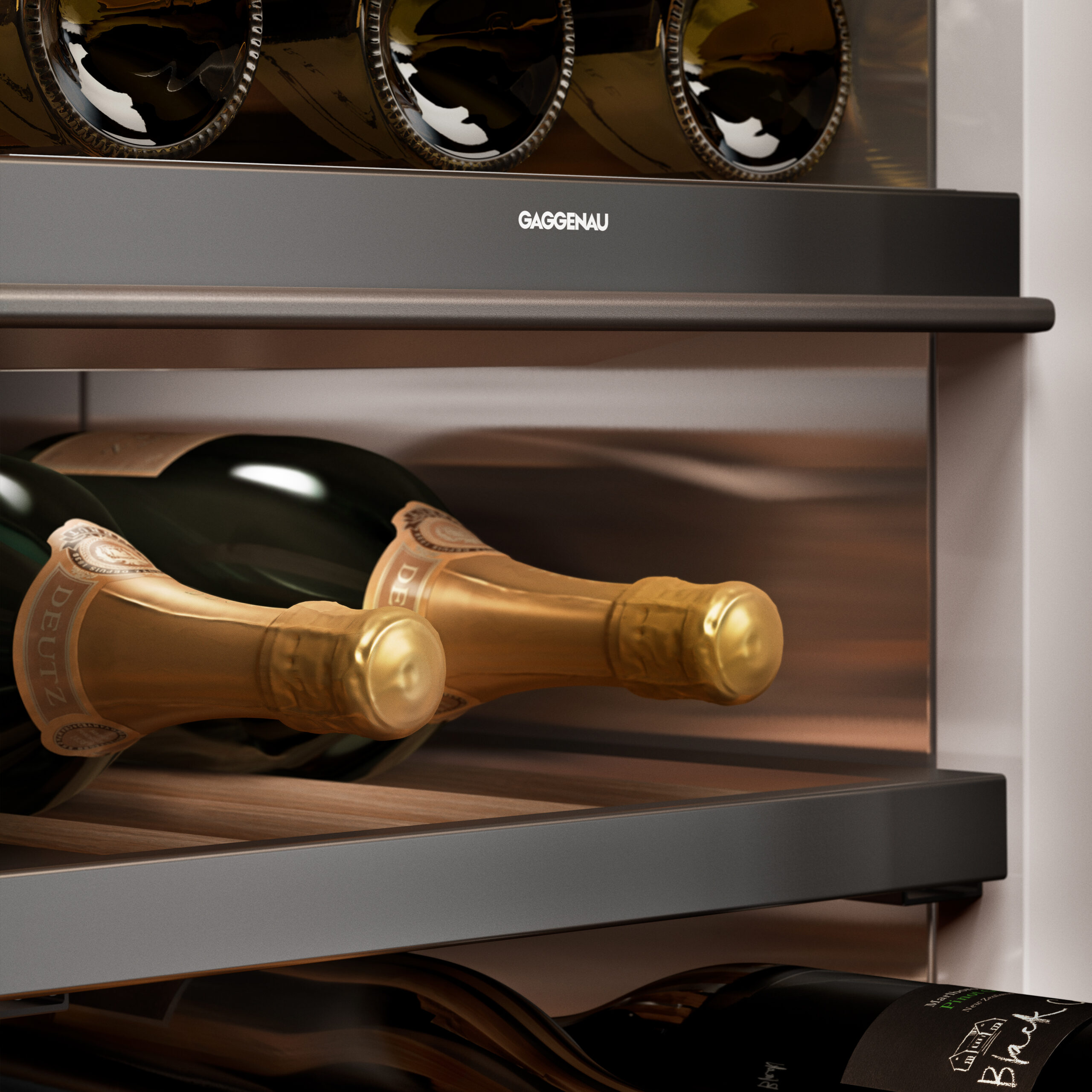
Curating a cultural experience at home
For some, the joy of wine is wrapped up in the pageantry of excellent entertainment, so when it comes to creating spaces to store it and showcase it, putting it on display is part of how we welcome people into our homes. For others, wine is about the art of viticulture, acquiring, learning, nurturing, and savouring the magic that goes into a truly excellent bottle, so ensuring the conditions that keep it in top condition are paramount.
Whatever the reason that wine is important to you, how it’s stored and served is an essential part of the process and the experience. The space in which you do that is not only an intrinsic part of looking after a good vintage, but an opportunity to enhance your enjoyment of it as well. Whether you’re in a luxury apartment or a stately home, the options for stylish wine storage are vast and wide reaching with a good designer on hand.
Brands including Gaggenau, Sub Zero Wolf, and Siemens all produce state-of-the-art wine cooling appliances that any connoisseur would be proud to feature in their home. As we can see however, wine storage and display is not just about the cooling appliance. For a truly integrated experience, questions about storing different types of wine, wine glasses, having spaces to decant a good red, and keeping wines for long periods of time before serving, are all to be considered. That’s before you get to the specifics of your individual style.
At Nicholas Anthony, how we approach these spaces is as much about you and your home as it is about the wine, whether the wine has a room of its own, a dedicated space in the pantry, or a contemporary cellar built into the floor like the one on display in our Cambridge studio. We have clients who travel to France once a year on a tour of the vineyards and bring back large collections, those who scour the earth in search of specific bottles to keep in splendour, and individuals who like nothing more than to welcome guests to a good dinner party.
As with all interiors, these are spaces that are a stylistic representation of who you are – just with a little more specialist climate control than usual – and we can provide the expertise to make sure it’s everything you want it to be.
